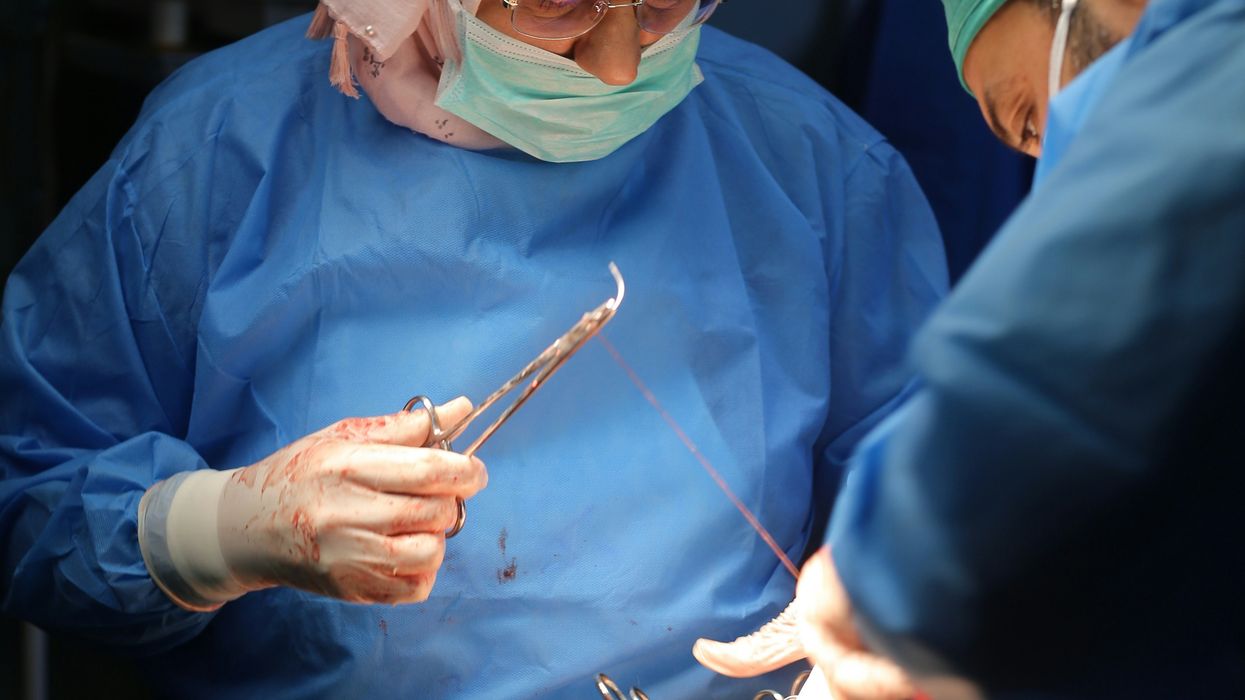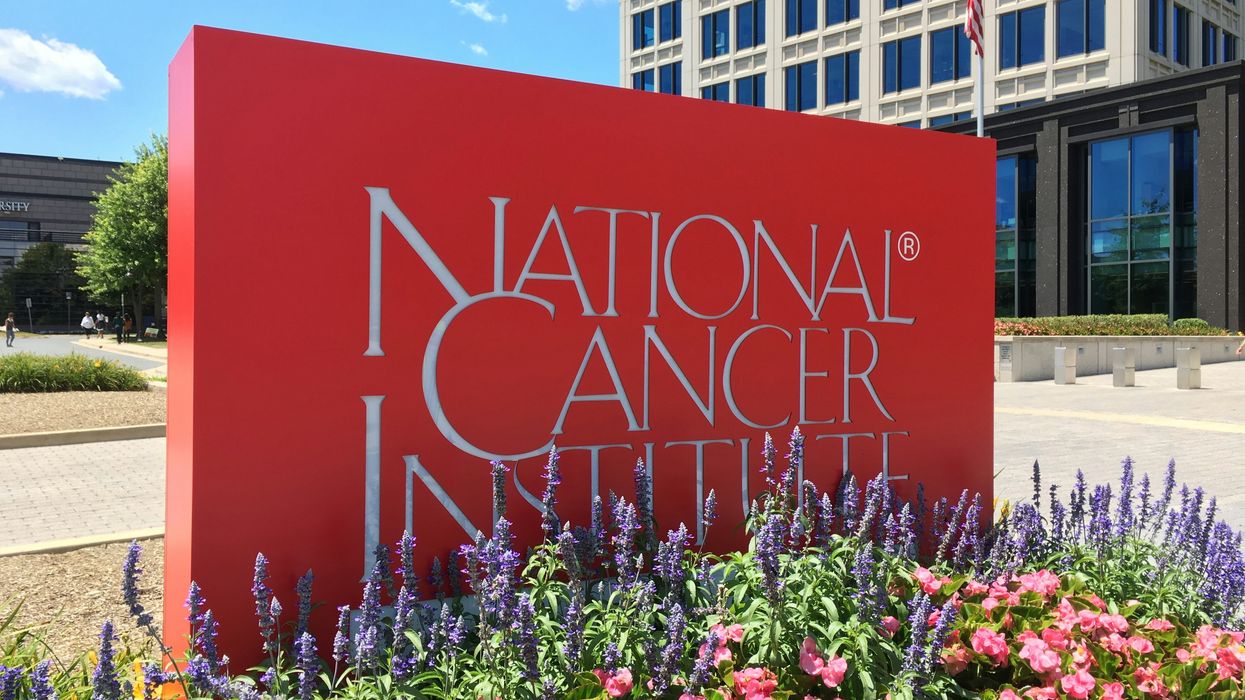Surgery has been a big part of my life recently. I've learned that recovering from surgery involves more than just the procedure itself—it requires patients to actively follow post-surgery care instructions provided by their healthcare team. Doctors give these guidelines and instructions that are carefully designed to promote healing, prevent complications, and ensure a successful outcome. Not paying attention to these instructions can lead to significant risks, including infections, delayed recovery, or even the need for additional surgeries.
Why Post-Surgery Instructions Matter
- Promotes Proper Healing
Post-surgery care plans typically include wound care, activity restrictions, dietary guidelines, and prescribed medications. Each of these elements plays a critical role in ensuring the body heals effectively. For example, keeping a surgical site clean and following wound care instructions reduces the risk of infection—a complication that affects approximately 2–5% of surgical patients in the U.S. annually【1】. - Prevents Complications
Ignoring instructions, such as lifting restrictions or avoiding certain foods, can lead to serious complications. For instance, strenuous activity too soon after surgery might result in reopening wounds, internal bleeding, or herniation. These risks are why surgeons often stress the importance of gradual return to normal activities【2】. - Reduces Risk of Infections
Post-operative infections are one of the most common complications following surgery. Proper hygiene, timely dressing changes, and compliance with antibiotic prescriptions are key to minimizing this risk. Non-compliance with these measures can lead to surgical site infections (SSIs), which are linked to prolonged hospital stays, additional procedures, and increased medical costs【3】. - Ensures Medication Effectiveness
Medications prescribed post-surgery, such as pain relievers, anti-inflammatory drugs, or anticoagulants, need to be taken exactly as directed. Skipping doses or stopping prematurely can result in unmanaged pain, inflammation, or dangerous blood clots, particularly after procedures like joint replacements or abdominal surgeries【4】.
What Could Go Wrong Without Compliance?
- Infection and Sepsis
Neglecting wound care can allow bacteria to enter the surgical site, potentially causing localized infections or sepsis, a life-threatening condition. Studies show that early infection detection and treatment are crucial, with delayed care leading to mortality rates of up to 30% in severe cases【3】【5】. - Delayed Recovery
Disregarding physical therapy or mobility instructions can slow the healing process and lead to stiffness, loss of strength, or reduced range of motion. For example, patients recovering from orthopedic surgeries who skip therapy may experience long-term limitations【6】. - Wound Dehiscence
Wound dehiscence, where the surgical incision reopens, is a serious complication often caused by ignoring lifting restrictions or failing to maintain proper wound care. This issue can require additional surgeries to repair【7】. - Increased Financial and Emotional Burden
Non-compliance with post-surgery care often results in hospital readmissions or corrective procedures, which increase medical expenses and prolong recovery. This added stress can also affect mental well-being, leading to anxiety or depression【8】.
Key Steps for a Smooth Recovery
To avoid these risks, patients should:
- Understand the Instructions: Ask questions and clarify doubts with healthcare providers.
- Set Up a Recovery Plan: Arrange for help at home and ensure access to necessary supplies.
- Communicate with Healthcare Teams: Report unusual symptoms such as persistent pain, swelling, or fever immediately.
- Stay Committed: Follow through with physical therapy, dietary restrictions, and medication schedules.
Conclusion
Following post-surgery instructions is a vital part of the healing process, ensuring that patients recover safely and efficiently. Non-compliance not only jeopardizes physical health but also adds financial and emotional strain. By understanding and adhering to these guidelines, patients can significantly reduce the risk of complications and return to their daily lives sooner.
References
- CDC. Healthcare-associated Infections: Surgical Site Infection (SSI). Retrieved from cdc.gov.
- Mayo Clinic. Post-surgery Recovery Guidelines. Retrieved from mayoclinic.org.
- NIH. Surgical Site Infections and Risk Factors. Retrieved from nih.gov.
- Cleveland Clinic. Post-Surgery Medication Guidelines. Retrieved from clevelandclinic.org.
- Johns Hopkins Medicine. Sepsis and Post-Surgical Care. Retrieved from hopkinsmedicine.org.
- American Academy of Orthopaedic Surgeons. Rehabilitation and Recovery After Surgery. Retrieved from aaos.org.
- Harvard Health. Understanding Wound Dehiscence Risks. Retrieved from health.harvard.edu.
- Journal of Patient Safety. The Impact of Non-compliance on Surgical Recovery. Retrieved from patientsafetyjournal.org.















 Ragina Ireland has been lovingly supported throughout her cancer journey by her sister, Johnnie Ireland. Four years ago, Ragina took a Cancer Genetic Risk Assessment test to help give her sister a clearer understanding of her own risk for developing breast cancer.
Ragina Ireland has been lovingly supported throughout her cancer journey by her sister, Johnnie Ireland. Four years ago, Ragina took a Cancer Genetic Risk Assessment test to help give her sister a clearer understanding of her own risk for developing breast cancer.  Karla Mingo believes that her greatest gift as a cancer survivor is the ability to live with gratitude and thankfulness.
Karla Mingo believes that her greatest gift as a cancer survivor is the ability to live with gratitude and thankfulness.